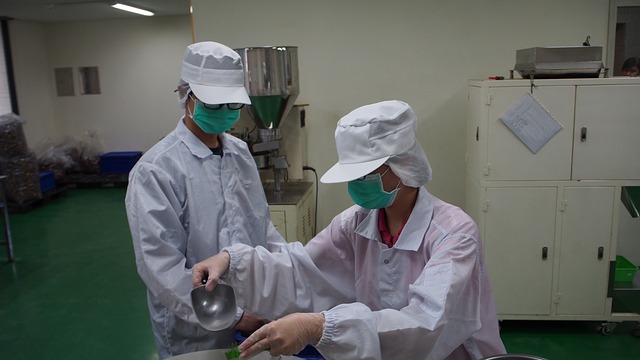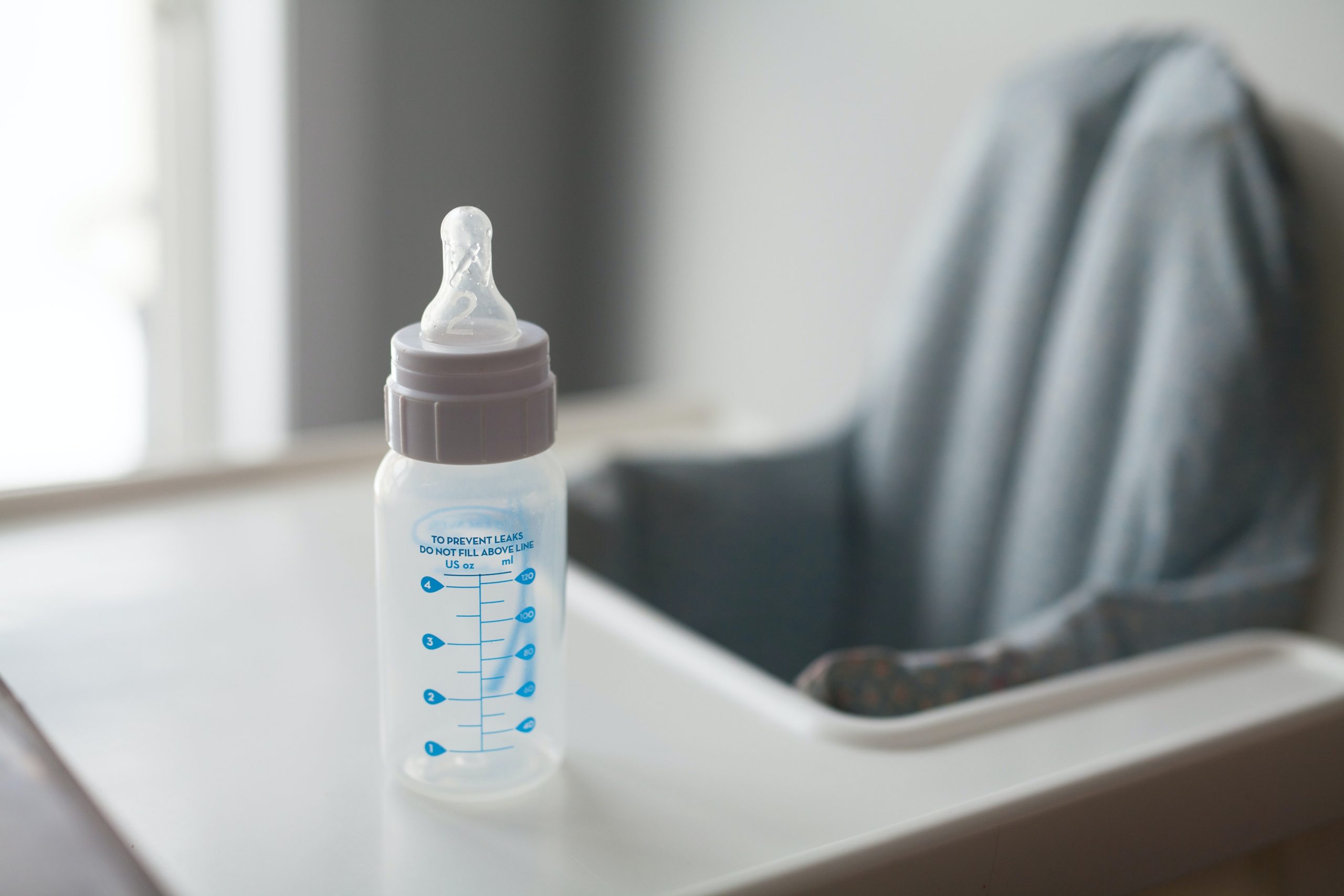Your food brand may be committed to eliminating single use plastics, lowering your energy and water use and reducing waste throughout your organization. Perhaps you’re using sustainable packaging and donating excess food to underserved populations in your community. But are your suppliers equally committed to environmental, social and governance (ESG) initiatives?
As food brands work to improve their ESG efforts, they must also examine the quality of their supply chains. It’s not enough to meet your own ESG goals—it’s also essential to work with suppliers who are practicing responsible ESG efforts, as well.
In fact, organizations that don’t allow enough time and resources to build and manage a meaningful supplier program put themselves at risk. Without a user-friendly digital system, food brands can’t properly identify inefficient, unreliable suppliers. That becomes costly in terms of revenue, time and your organization’s reputation.
But how can brands definitively know that they’re working with sustainable organizations through every step of the supply chain? The answer is, better supplier tracking and management. After all, food businesses can’t manage what they’re not measuring. In the past, this was difficult to do. Manually collecting, organizing and reviewing certifications was tedious and labor-intensive. And, historically, software solutions were complicated, difficult to operate and their high price points meant that only large enterprises with enormous budgets could afford to use them. They came with long sales cycles and required extensive training. Thankfully, all that has changed.
Affordable and Accessible Supplier Documentation Solutions
Today’s software tools are user-friendly, accessible and cost-effective, finally making it possible for the “smaller guys” to compete with giant corporations. Now, small-to-mid-sized organizations can easily and affordably use the most innovative software solutions in the marketplace to: gather, organize and manage supplier documentation and information in a centralized location; track which suppliers are committed to strong ESG goals and practices; check status and deadlines; ensure compliance; and reduce time-consuming administrative tasks.
These tools allow companies to:
- Track which suppliers have environmental, sustainability and compliance certifications (and see which ones don’t)
- Learn more about where their raw materials are coming from, who is processing them and what practices they follow, allowing companies to better understand their entire supply chain’s ESG commitments
- Find suppliers that have better ESG goals and practices and, conversely, stop working with vendors that are not committed to ESG goodwill
- See task and certification status for all suppliers and drill down to view this information by supplier, location and material
- Streamline processes to save time and reduce redundancies, errors and data entry needs for a more efficient, accurate experience
- Implement software easily and be up and running in minutes, with no onboarding or training required
This is the time to get on board and manage suppliers’ ESG (and safety!) certifications because the FDA is watching and consumers expect good, ethical management. Companies need to know where their food is coming from, if it’s safe and if it meets the latest ESG guidelines.
Subscribe to the Food Safety Tech weekly newsletter to stay up to date on the latest news and information on food safety and quality.
For instance, traditional farming is not always environmentally friendly. Some farmers destroy soil, use harmful pesticides, contribute to high emissions from truck transport, waste significant water, etc. Therefore, some food businesses are opting for more sustainable alternative options, such as working with suppliers that embrace vertical farming. As compared to traditional farms, vertical farms use fewer resources, generate lower emissions and reduce transportation needs by locating operations near the point of consumption.
It’s important to know that the U.S. uses more than one billion pounds of pesticides annually in traditional farming, which negatively impacts ecosystems. Many vertical farms grow pesticide-free produce in controlled, protected environments. Vertical farms also use up to 98% less water than traditional farms.
Food Brands with Impressive ESG Initiatives
Chipotle is one brand that goes the extra mile with bold ESG goals. Their ingredients are responsibly sourced and prepared with people, animals and the environment in mind. They bought 35.7 million pounds of local produce—an investment of more than $40.2 million in support of local food systems—and will continue relying on local, sustainable farmers. They’ve also identified key water risk areas in their supply chain to inform their water conservation strategy.
Additionally, The J.M. Smucker Co. is highly regarded for its commitment to ESG efforts. As part of its ESG program, the company is committed to reducing their greenhouse gas emissions, institutionalizing consistent waste reduction activities at their facilities, reducing their use of water and energy and using sustainable packaging. Additionally, through the safe production and distribution of their products, partnerships with farmers and growers and support of hunger-related organizations, Smucker will help ensure people and pets have consistent access to trusted, quality food.
Chipotle and Smucker hold themselves accountable for making business decisions that cultivate a better world. Shouldn’t we all strive to do the same?





















